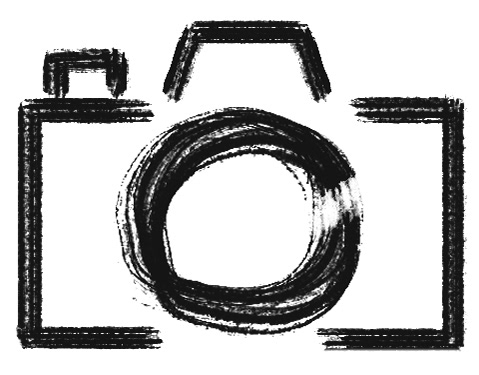Martirene Alcántara is a Mexican-American visual artist whose work seamlessly bridges photography and painterly abstraction. Born in Mexico City into a family of fine art painters—Ernesto Alcántara and Irma Grizá—she was immersed from an early age in a world of color, composition, and visual storytelling. This deeply rooted artistic heritage continues to shape her creative vision.
She pursued formal studies in architecture, fine arts, and photography, disciplines that converged into her distinctive aesthetic: a fusion of pictorial structure and photographic immediacy.
Alcántara began her professional career in 1992 as a photographer, balancing independent creative projects with editorial and advertising work across continents. Her approach distills subjects to their visual essence—light, shadow, and rhythm—creating what has been described as “a convergence zone between photography and painting.”
A pivotal series in her body of work is her long-term photographic exploration of the architecture of Luis Barragán. These images investigate the interplay of form, color, and spatial poetry, transforming walls, windows, and light into meditative abstractions and visual metaphors. The series has been featured in numerous international publications, as well as gallery and museum exhibitions.
The Museum of Modern Art (MoMA) holds four of her pieces in its permanent collection. In addition to institutional recognition, her photography has appeared in leading architectural and cultural publications.
Alcántara’s artistic language is deeply rooted in color, composition, and visual poetics. Influenced by her painter-parents, she uses color to evoke emotional resonance, often referencing the minimalism of Malevich and the experimental forms of Rodchenko. Her compositions are grounded in classical structures such as the golden ratio and the rule of thirds, frequently exploring the inherent geometry found in both architecture and the natural world. Through abstract landscapes, suspended sheets, walking figures, and architectural fragments, her photographs achieve a quiet stillness and emotional intensity reminiscent of Roland Barthes’ notion of the punctum—the deeply subjective, sensory impact of an image.
Her process centers on distillation—seeking not to depict objects literally, but to capture their emotional and visual resonance. This sensibility extends beyond photography into her written and academic contributions. She is the author of several publications, including the bilingual monograph Misiones Franciscana de Fray Junípero Serra, which examines the architectural and historical legacy of the Spanish missions in Mexico and California.
In addition to her visual art practice, Alcántara is also credited as an actress, with performances listed on IMDb. In 2024, she participated in Can We Know the Sound of Forgiveness, a multidisciplinary performance that integrated visual art, music, spoken word, and dance. The piece was presented at Rice University and later at Carnegie Hall.
She continues to share her photography and travel journals through exhibits, and her online platforms, with current projects focused on architecture, portraiture, and cultural landscapes. As a creative director and visual producer, Alcántara remains deeply engaged in international collaborations with artists, curators, and institutions across disciplines.
